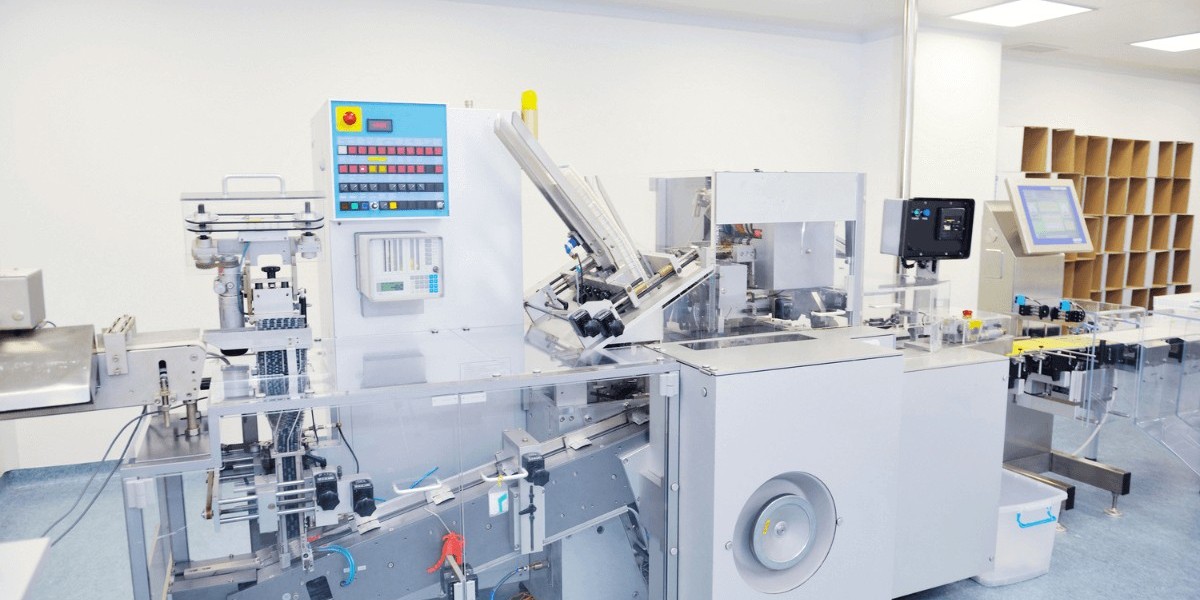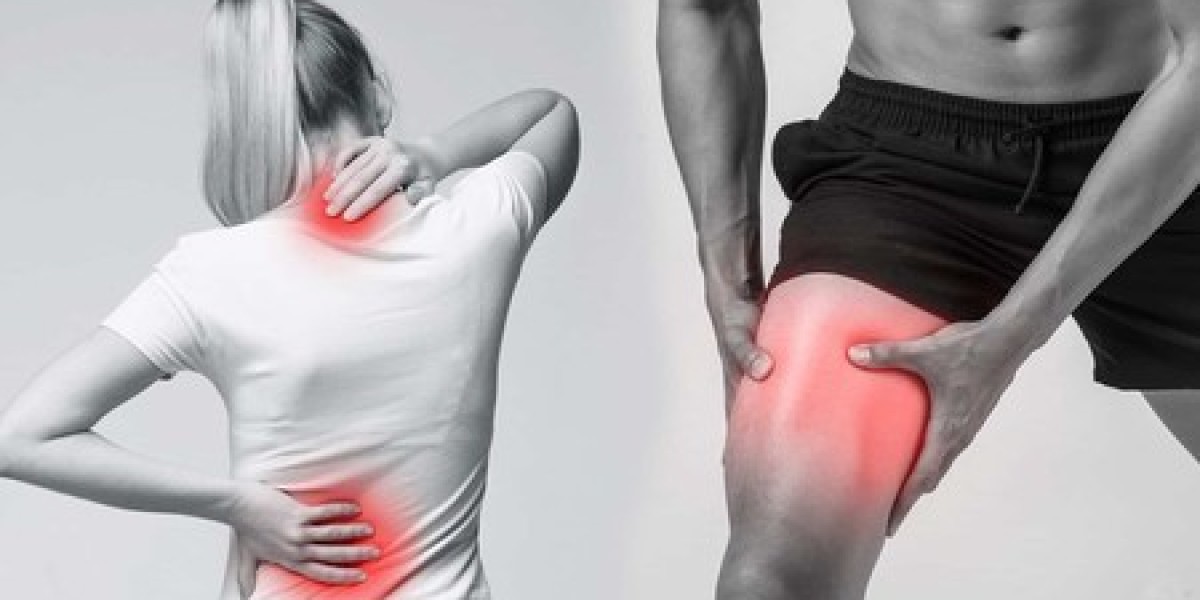In the field of medical device manufacturing, enhancing safety is of paramount importance. The safety and well-being of patients depend on the quality and reliability of these devices. This is where process safety consultancy plays a crucial role.
Process safety consultancy focuses on ensuring that medical device manufacturing processes adhere to rigorous safety standards and comply with regulatory requirements. It involves assessing potential risks, implementing preventive measures, and continuously monitoring and improving safety protocols.
The role of process safety consultancy is multifaceted. It helps identify and mitigate potential hazards during the design, manufacturing, and distribution stages. It ensures that quality management systems are in place, and risk assessment and management processes are followed diligently. By adopting a systematic approach, process safety consultancy promotes patient safety throughout the product lifecycle.
With the support of process safety consultancy, medical device manufacturers can gain the confidence of regulatory bodies, healthcare professionals, and patients. It demonstrates a commitment to adhering to best practices and prioritizing the well-being of individuals relying on their devices.
By working with a reliable process safety consultancy partner, medical device manufacturers can proactively address safety concerns, optimize manufacturing processes, and achieve superior safety and compliance standards.
Enhancing Patient Safety with Rigorous Medical Device Testing
Medical device testing plays a critical role in ensuring patient safety, enhancing user experience, and ensuring compatibility and interoperability in the healthcare industry. By subjecting medical devices to comprehensive testing, manufacturers can identify potential risks, ensure regulatory compliance, and provide patients with safe and effective products.
Key Components of Comprehensive Testing
Comprehensive medical device testing encompasses various stages, including preclinical testing, clinical testing, and post-market surveillance. Each stage serves a specific purpose in evaluating the safety and efficacy of medical devices.
1. Preclinical Testing: This stage involves laboratory testing and evaluation of the device's performance, including materials compatibility, biocompatibility, electrical safety, and mechanical durability. Preclinical testing helps manufacturers identify design flaws and potential risks before advancing to clinical trials.
2. Clinical Testing: Clinical trials involve testing medical devices on humans to assess their safety, effectiveness, and performance. These trials follow strict protocols and ethical guidelines to ensure patient safety and reliable data collection. Clinical testing provides valuable insights into the device's performance in real-life scenarios.
3. Post-market Surveillance and Monitoring: After a device has been approved for market release, continuous monitoring and post-market surveillance are critical. This includes collecting and analyzing data from adverse event reports, user feedback, patient registries, and post-market clinical studies. By monitoring the performance of devices in the real world, manufacturers can identify any potential safety issues or emerging risks.
Challenges in Medical Device Testing
Medical device testing comes with unique challenges due to limited resources, a complex regulatory landscape, evolving technology, and ethical considerations. Manufacturers must navigate these challenges to ensure accurate and reliable testing.
1. Limited Resources: Adequate resources, including funding, skilled personnel, and testing facilities, are essential for conducting thorough and effective testing. Limited resources can compromise the quality and comprehensiveness of testing procedures.
2. Complex Regulatory Landscape: The medical device industry is highly regulated, with different regulatory bodies and standards across jurisdictions. Compliance with multiple regulations can be daunting and time-consuming for manufacturers, but it is crucial to ensure patient safety and market access.
3. Evolving Technology: The rapid advancement of technology introduces new complexities in testing medical devices. Emerging technologies, such as connected devices, artificial intelligence, and machine learning, require innovative testing approaches to evaluate their safety and performance accurately.
4. Ethical Considerations: Medical device testing involving human subjects must adhere to ethical standards and protect patient rights. Ensuring informed consent, privacy protection, and minimizing potential harm are essential considerations in ethical medical device testing.
Innovations in Medical Device Testing
To address the challenges mentioned above and improve the effectiveness of medical device testing, the industry has embraced various innovations:
1. Advanced Simulation and Modeling Techniques: Simulation and modeling allow manufacturers to evaluate device performance virtually, reducing the need for costly and time-consuming physical prototypes. This enables iterative design improvements and accelerates the product development process.
2. Artificial Intelligence and Machine Learning: AI and machine learning algorithms can analyze vast amounts of data quickly and efficiently, identifying patterns, anomalies, and potential risks. These technologies enhance the accuracy and reliability of testing results.
3. Continuous Monitoring and Remote Device Management: With connected devices and remote monitoring technologies, manufacturers can continuously monitor device performance, collect real-time data, and proactively address issues. This enables early detection of potential safety concerns and allows for timely interventions.
4. Collaboration and Information Sharing: Industry-wide collaboration and information sharing platforms facilitate the exchange of knowledge, best practices, and lessons learned. This promotes the collective improvement of testing methodologies and enhances patient safety across the medical device community.
5. Post-market Surveillance Databases and Registries: Centralized databases and registries capture real-world device performance data, adverse events, and usage information. These databases enable manufacturers, regulators, and healthcare professionals to monitor device safety and identify trends or potential risks.
6. Global Standardization: Harmonizing standards and regulatory requirements globally ensures consistency in testing protocols, enhances efficiency, and reduces barriers to market entry. Global standardization efforts enhance patient safety and streamline the testing and approval process for manufacturers.
By embracing these innovations and addressing the challenges in medical device testing, manufacturers can enhance patient safety, ensure regulatory compliance, and provide high-quality healthcare solutions.
ISO 13485 Consulting for Regulatory Compliance and Improved Efficiency
ISO 13485 consulting plays a vital role in helping medical device manufacturers achieve greater regulatory compliance, increased efficiency, cost savings, and customer satisfaction. By implementing the ISO 13485 standard, companies can enhance their quality management systems and demonstrate their commitment to delivering safe and effective medical devices.
Benefits of ISO 13485 Certification
ISO 13485 certification brings numerous benefits to medical device manufacturers. Firstly, it ensures that processes are aligned with regulatory requirements, reducing the risk of non-compliance and potential product recalls. Compliance with ISO 13485 also fosters an environment of continuous improvement, leading to enhanced product quality and safety.
Moreover, ISO 13485 certification helps manufacturers gain a competitive edge in the market. Customers and regulatory bodies view ISO 13485 certification as a mark of credibility, giving them confidence in the company's commitment to quality and compliance. This, in turn, strengthens the company's reputation and can open doors to new business opportunities.
Implementation Process and Training Requirements
Implementing the ISO 13485 standard requires careful planning and commitment from the organization. The first step is to conduct a gap analysis to identify areas where existing processes may fall short of the standard's requirements. This analysis helps organizations develop an action plan to address any gaps and ensure compliance.
Training plays a crucial role in the successful implementation of ISO 13485. Employees need to be educated on the standard's requirements and how they apply to their roles and responsibilities. Training programs should cover topics such as risk management, document control, complaint handling, and internal auditing. These programs ensure that employees have the knowledge and skills necessary to contribute to the company's compliance efforts.
Internal Auditing and Management Review
Internal auditing is an integral part of maintaining ISO 13485 certification. Regular audits assess the effectiveness of the quality management system and identify areas for improvement. Trained internal auditors conduct audits based on a predetermined schedule, thoroughly examining processes and documentation for compliance.
Furthermore, management review plays a crucial role in the continuous improvement of the quality management system. During these reviews, top management assesses the performance of the system and its alignment with business objectives. They also review audit findings, customer feedback, and any changes in regulatory requirements to identify opportunities for improvement and make informed decisions.
Revolutionizing Training for Superior Quality, Safety, and Compliance
Training plays a vital role in the medical device manufacturing industry, contributing to the reduction of errors and defects, ensuring compliance with regulatory standards, promoting workplace safety, enhancing productivity and efficiency, and facilitating continuous improvement. To achieve superior quality, safety, and compliance, it is crucial for companies to revolutionize their training programs in line with industry advancements and best practices.
Customized Training Curricula
One of the key strategies for optimizing training in medical device manufacturing is the development of customized training curricula. These curricula are tailored to suit the specific needs of the organization, taking into account the diverse roles and responsibilities within the industry. By aligning the training content with the job functions of employees, companies can ensure that the training is relevant and effective in addressing their specific requirements.
Blended Learning Approaches
Incorporating blended learning approaches can significantly enhance the impact of training programs. Blended learning combines various methods such as classroom training, e-learning modules, hands-on practical exercises, and interactive workshops. This approach allows for flexible learning experiences, accommodating different learning styles and preferences. It also offers the advantage of self-paced learning and continuous accessibility to training materials.
Subject Matter Experts as Trainers
Utilizing subject matter experts (SMEs) as trainers can greatly enhance the value of training programs. SMEs possess deep understanding and knowledge of their specific areas of expertise, allowing them to provide comprehensive and accurate information to trainees. Their practical insights and real-world experiences can help bridge the gap between theoretical knowledge and practical application, making the training more meaningful and impactful.
Regular Assessments
Regular assessments are essential for evaluating the effectiveness of training programs. These assessments can take the form of quizzes, exams, practical evaluations, or simulations. By assessing trainees' understanding and competence, companies can identify any knowledge gaps and areas for improvement. Regular assessments also promote accountability and engagement, ensuring that trainees actively participate in the learning process.
Training for Regulatory Changes
The medical device industry is subject to evolving regulatory requirements. Therefore, it is essential for companies to provide training that keeps pace with these changes. By offering training on regulatory updates, companies can ensure that their employees are well-informed and equipped to comply with the latest standards and guidelines. This proactive approach to training helps maintain regulatory compliance and mitigates potential risks and penalties.
Fostering a Continuous Learning Culture
A culture of continuous learning fosters an environment of growth and improvement. Companies should encourage employees to pursue ongoing professional development, providing opportunities for further training and education. This can be achieved through webinars, conferences, workshops, and mentorship programs. By instilling a mindset of continuous learning, companies can cultivate a highly skilled and adaptable workforce.
Conclusion
The safety and compliance standards in medical device manufacturing play a crucial role in ensuring patient care and regulatory adherence. Throughout this comprehensive guide, we have explored the key components necessary for achieving superior safety and compliance in the industry.
Firstly, process safety consultancy has emerged as a vital element in enhancing safety practices. By leveraging expertise in risk assessment and management, process safety consultants assist manufacturers in identifying and mitigating potential risks associated with medical device manufacturing.
Secondly, ISO 13485 consulting has proven instrumental in achieving regulatory compliance and improved efficiency. The implementation of ISO 13485 certification not only ensures adherence to quality management practices but also enhances product safety and customer satisfaction.
Lastly, revolutionizing training programs is essential to ensure superior quality, safety, and compliance in medical device manufacturing. Customized training curricula, blended learning approaches, and fostering a culture of continuous learning contribute to reducing errors, promoting workplace safety, and enhancing overall productivity and efficiency.
By embracing process safety consultancy, ISO 13485 consulting, and innovative training practices, manufacturers can prioritize patient safety and satisfaction while meeting stringent regulatory requirements. It is imperative for companies to continuously evaluate and enhance their safety practices and remain updated with evolving industry standards to ensure the delivery of effective and safe medical devices.







